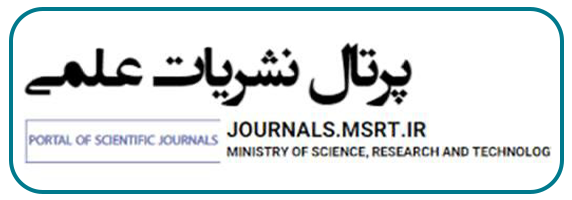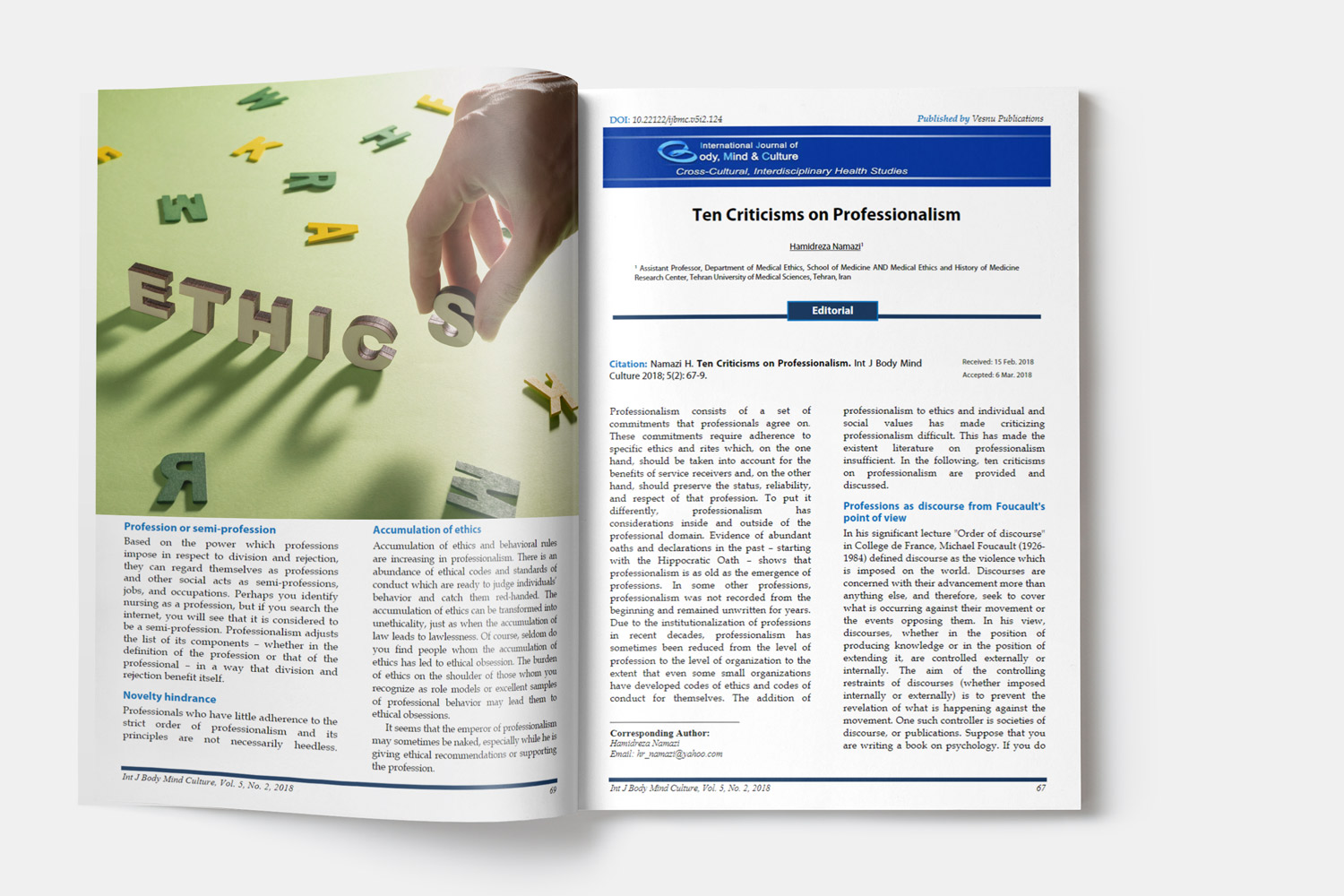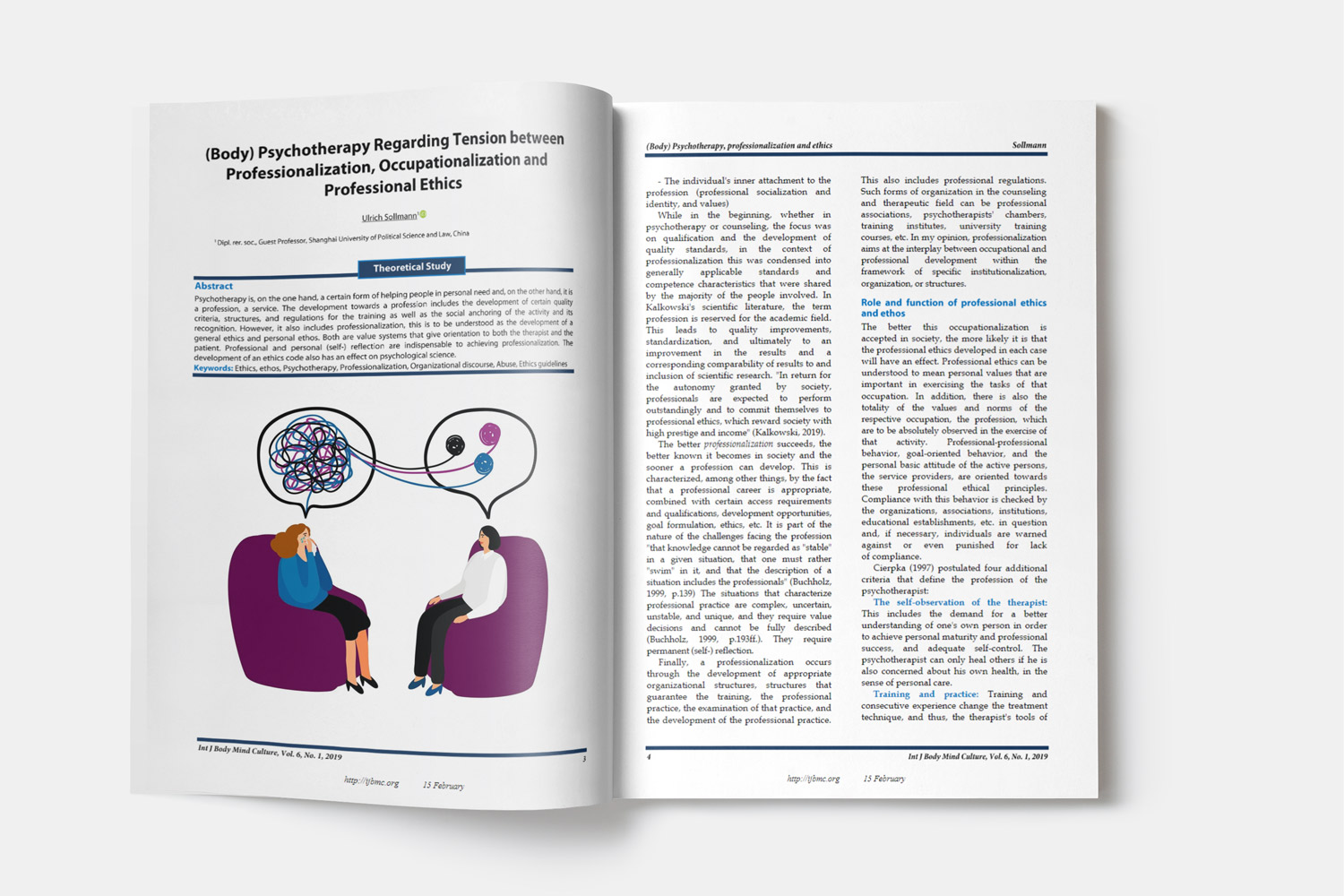A Brief History of Family Medicine Development and Training in Iran (2005-2018)
Downloads
Background: Health care systems in the world are continually modified to increase efficiency and effectiveness. In Iran, the Family Physician Program (FPP) was started in 2005 as one of the main policies of the ministry of health and was continued in the fourth and fifth national development plans. The aim of this study was to get acquainted with the history of FPP in Iran.
Methods: This was a narrative review conducted by studying the documents and articles related to the history of family physician (FP) development and training in Iran. The documents and articles were obtained from searching in databases such as Google Scholar, PubMed, Magiran, and Scientific Information Database (SID). Finally, 26 articles related to the purpose of the study were selected. Furthermore, the related contents of the FPP were extracted from the site of the Ministry of Health and the Iran Health Insurance.
Results: The FPP was first implemented in villages and small towns (population = 20,000), and then, in larger cities (population = 20 to 50 thousand). The governors are currently concentrated on the borders of cities with basic health services. Launching the FPP in metropolitan areas is still a problem to be solved. In addition, physicians need to acquire the necessary skills to provide the desired service quality services to the population covered by them.
Conclusion: A brief history of the FPP in Iran shows dramatic changes over 13 years. The subjects to be considered in this program are the implementation of FPP in megacities after providing the required infrastructures such as electronic health records, the appropriate training of skillful FPs, and private sector participation in implementing the FPP.
Downloads
Amiri, M., Raei, M., Chaman, R., & Nasiri, E. (2012). Family physician: The mutual satisfaction of physicians and health care team members. Razi J Med Sci, 18(92), 23-30.
Doshmangir, L., Bazyar, M., Doshmangir, P., Mostafavi, H., & Takian, A. (2017). Infrastructures required for the expansion of Family Physician Program to urban settings in Iran. Arch.Iran Med, 20(9), 589-597. doi:007 [pii];0172009/AIM.007 [doi]. Retrieved from PM:29048921
Jannati, A., Maleki, M., Gholizade, M., Narimani, M., & Vakeli, S. (2010). Assessing the strengths and weaknesses of Family Physician Program. Knowledge Health,(4), 4-39.
Kabir, M. J., Ashrafian Amiri, H., Rabiee, S. M., Keshavarzi, A., Hosseini, S., & Nasrollahpour Shirvani, S. D. (2018). Satisfaction of urban family physicians and health care providers in Fars and Mazandaran provinces from integrated health system. Journal of Health and Biomedical Informatics, 4(4), 244-252.
Masoudi Asl, I. (2003). Study of family physician system from physicians' opinion who contracted by Imam Khomeini Committee [MSc Thesis]. (pp. 87-125). Tehran, Iran: Islamic Azad University.
Ministry of Health and Medical Education. (1999). Reform structure of ministry of health and medical education (1st ed.). (pp. 4-17). Tehran, Iran: Ministry of Health and Medical Education.
Ministry of Health and Medical Education. (2009). Family physician instruction. Version 9. (pp. 4-102). Tehran, Iran: Ministry of Health and Medical Education.
Pileroudi S. (1999). Township network health and treatment (1st ed.). (pp. 12-13). Tehran, Iran: UNICEF Office.
World Health Organization, Regional Health Systems Observatory (WHO EMRO). (2006). Health System Profile - Islamic Republic of Iran. Available from: URL: http://apps.who.int/medicinedocs/documents/s17294e/s17294e.pdf. Access 2006.
Rivo ML. (2000). Practicing in the new millennium: Do you have what it takes? Fam Pract Manag, 7(1), 35-40.
Tavassoli, E., Reisi, M., Alidosti, M., & Motlagh, Z. (2012). The relationship between villagers’ knowledge with the reasons behind family physician program in Shahrekord (2010). J Jahrom Univ Med Sci, 10(2), 43-48.

This work is licensed under a Creative Commons Attribution-NonCommercial 4.0 International License.















